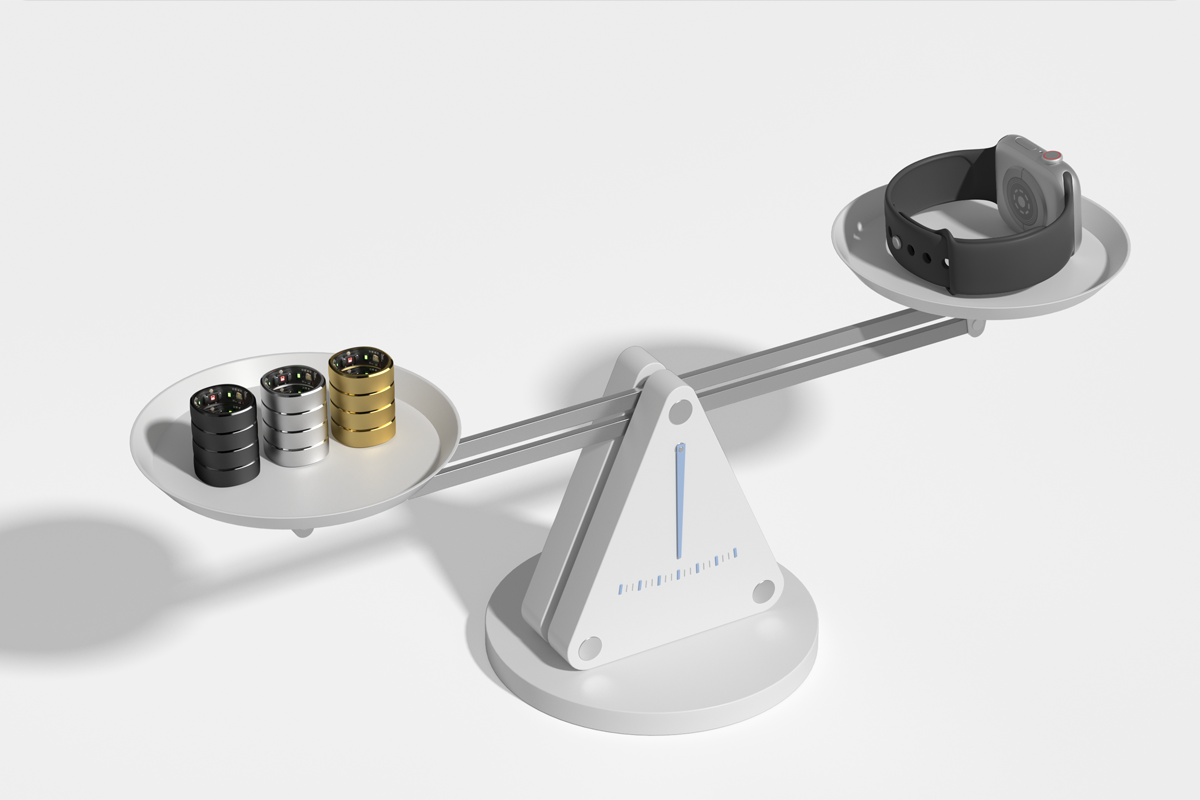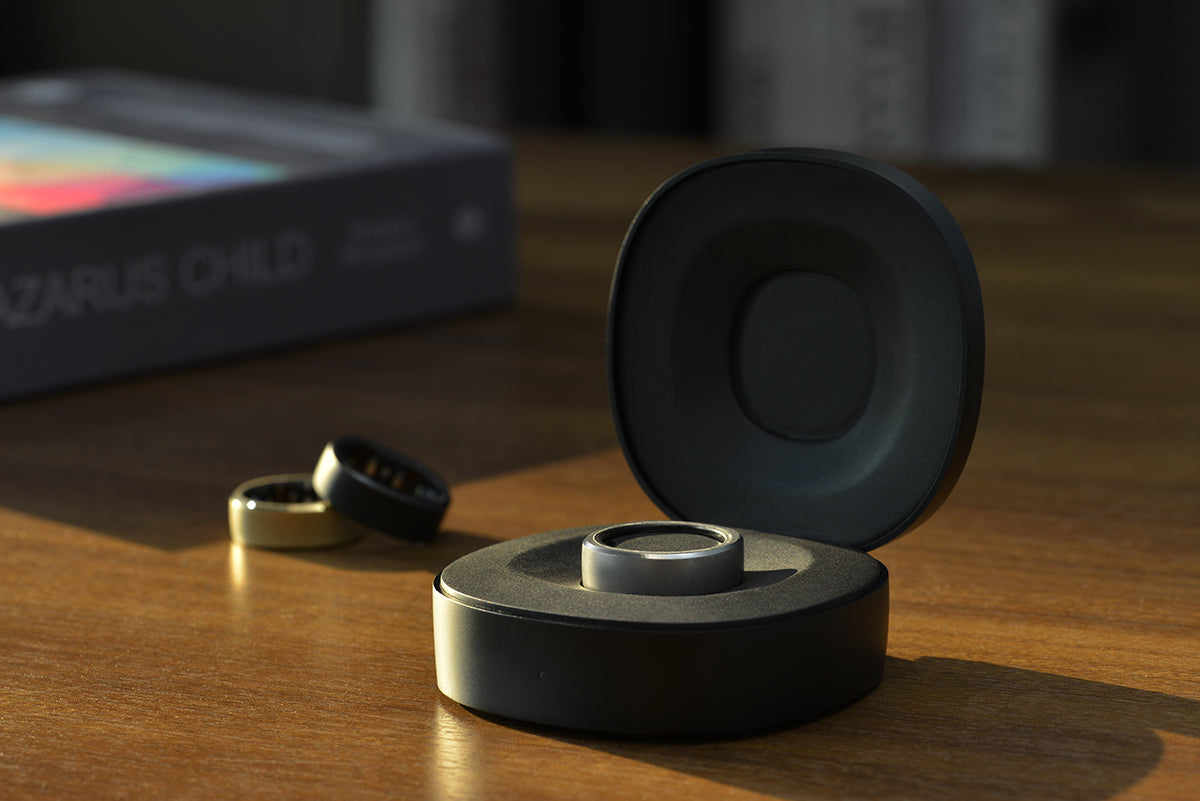According to a survey by the Centers for Disease Control and Prevention (CDC), the average adult needs at least seven hours of sleep each night to support mental and physical activities throughout the day. However, one-third of Americans are sleep-deprived. Sometimes, even when you sleep for more than seven hours, you still feel exhausted the next day. Do you know why this happens? Do you want to know what changes occur in your body while you sleep?
Sleep problems are now receiving widespread attention. To address these issues, it is first necessary to conduct thorough and reliable monitoring of sleep conditions. In the past, sleep monitoring could only be done in well-equipped hospitals or laboratories, requiring an overnight stay to collect as many parameters as possible, such as brain waves, muscle activity, pulse, blood pressure, blood oxygen, body temperature, breathing, and snoring. This professional, complex, and expensive process is known as polysomnography (PSG). To date, only a small number of patients with sleep disorders have undergone this type of monitoring. Most patients are still unclear about what type of sleep disorder they have, so their measures to aid sleep are relatively blind.
Given the importance of sleep monitoring, is there a simple technology or product that allows more people to complete sleep monitoring at home? With the rapid development of sensors, the Internet of Things (IoT), and artificial intelligence, home sleep monitoring is becoming a reality. Home sleep monitoring products each have their own advantages and disadvantages; no single product is necessarily superior to others. The key is to choose the right product based on the usage scenario—what is suitable is the best. Different stages or fields may require very different sleep monitoring technologies. In theory, body movement, breathing, heart rate, body temperature, blood pressure, blood oxygen, brain waves, and muscle activity can all be used to monitor sleep quality, depending on whether the hardware and software are up to par. Of course, some parameters, such as brain waves, are relatively easy or reliable for assessing sleep. However, collecting brain waves in a home sleep environment is challenging and sacrificing user comfort is not acceptable. Additionally, the ability to collect multiple parameters technically is undoubtedly beneficial for the accuracy of sleep analysis.
So, what technologies and products are available now? Home sleep monitoring products can generally be divided into wearable and non-wearable categories. Wearable devices include wristbands, smartwatches, smart rings, and sensors integrated into headbands, eye masks, earphones, underwear, ankle bands, and chest or abdominal bands. Non-wearable products can be further divided into contact and non-contact types. Many people equate non-wearable products with non-contact products, and some manufacturers also mislead people this way. However, there is a significant difference between contact and non-contact products.
Wearable Sleep Tracker
Starting with wearable products, the detection technologies they use are not all the same. The most common is the gravity acceleration sensor. This type of sensor generates a signal with even the slightest movement of the limbs. Products with these sensors evaluate sleep quality by analyzing body movements. This sensor technology is mature, low-cost, and widely used. Searching for sleep monitoring on e-commerce platforms mostly yields wristband and smartwatch products. Some vendors also make small button-like acceleration sensors that can be placed inside pillows or mattresses to monitor sleep, working on the same principle as wristbands and smartwatches.
In addition to acceleration sensors, wearable sleep monitoring technologies include Photoplethysmography (PPG), phototubes (for monitoring blood oxygen and pulse), bone conduction (for monitoring sound and body movement), thermosensors (for monitoring body temperature), and pressure sensors (for monitoring blood pressure, breathing, and pulse). These can be standalone products or integrate two or more technologies. For example, the RingConn smart ring integrates acceleration, PPG, and pressure sensors.
Wearable products have both strengths and weaknesses for sleep monitoring. Their advantages include multifunctionality—being able to count steps during the day and monitor sleep at night. However, they must be worn, which might not align with sleep habits and can affect comfort, making long-term use difficult. Additionally, they require frequent charging, have short battery life, and continuous data transmission can be challenging.
Non-wearable Sleep Tracker
Non-wearable sleep tracking devices are divided into contact and non-contact types. Contact types need to be in direct or indirect contact with the body, with sensors installed in pillows or mattresses to collect pressure, body movement, and temperature signals. Currently, piezoelectric film sensors are commonly used, found in sleep belts and mats on the market. Another type, fiber optic sensors, also collect body movements, breathing, and heartbeats through contact transmission. These sensors are more in line with natural sleep habits than wearable devices and can collect breathing and heart rate signals, providing more health information. However, contact transmission can cause fatigue and signal drift, requiring regular calibration. Installation demands high standards, and dual monitoring can be easily interfered with.
Non-contact sleep monitoring advantages include non-invasive monitoring, minimal impact on users, but this method is susceptible to interference from other signal sources, needing necessary signal shielding measures based on the actual application scenario, making it more suitable for hospitals and laboratories.
What Sleep Tracker Should Personal Consumers Choose?
Based on the above information, wearable devices seem more suitable because they are less affected by environmental interference and have comprehensive technical solutions. For example, some smart rings, smartwatches, and wristbands have complete hardware and software solutions. Among many brands and devices, I recommend trying the RingConn smart ring. It has a 7-day battery life and can achieve 24/7 continuous monitoring, solved the problem of data continuous transmission interruption. It integrates PPG, temperature, and 3D accelerometer sensors, enabling multi-dimensional data monitoring to achieve accurate sleep monitoring and analysis.
Most sleep tracking apps charge expensive subscription fees, but purchasing RingConn only requires a one-time product fee, with all app functions free. The app offers excellent interaction, allowing you to easily understand what happens during your sleep, including sleep scores, sleep stages, skin temperature, blood oxygen, blood pressure, respiratory rate, and other health indicators. The RingConn sleep tracking ring can sync data to Google Fit and Apple Health. It continuously adds new features through firmware and software updates, such as Obstructive Sleep Apnea (OSA) and Menstrual Cycle, aiming to reach medical-grade levels in the future.
The wearing comfort and convenience are higher than those of smartwatches. It weighs only 3-5g and can be worn without feeling. The smaller size makes it easier to wear on the finger even when sleeping at night. You can even see through Trustpilot that RingConn is the most active brand among all smart ring brands.



Leave a comment
This site is protected by hCaptcha and the hCaptcha Privacy Policy and Terms of Service apply.